By Liana Jacob
THIS GIRL has had to develop a KNOCKOUT SENSE OF HUMOUR after developing a condition that makes her FAINT when she LAUGHS.
In the summer of 2016, office assistant, Victoria Coomer (50) from Indiana, USA, started to notice that her daughter, Jordan (15) was sleeping a lot, but she attributed it to her just growing up.
However, it continued to get worse as time went on, to the point where she would fall asleep during her classes at school, at the table while they were eating their dinner and while she was doing her homework.
She decided to book her an appointment with the doctors to get some answers and they ran various tests, took her blood and checked for different possible causes of her constant sleepiness but everything came back negative. In January 2017, she took Jordan to a paediatric sleep specialist, who told her to wear a watch-like device that would monitor her sleeping patterns which she would wear 24-hours-a-day for a month.
In March 2017, they re-visited the doctor, who collected the data and was shocked by the results and decided to do a sleep study. Jordan was hooked up to wires that would monitor her sleeping patterns throughout the night. The next morning, she did a daytime study and they were able to rule out sleep apnoea but according to the results, Jordan was having 20-minute naps every two hours over an eight-hour period. This was to monitor how fast she went to sleep and if she was going into REM sleep.
When they went home, three days later they got a phone call from the doctor who told them that Jordan has narcolepsy, a long-term neurological disorder that involves a decreased ability to regulate sleep-wake cycles.
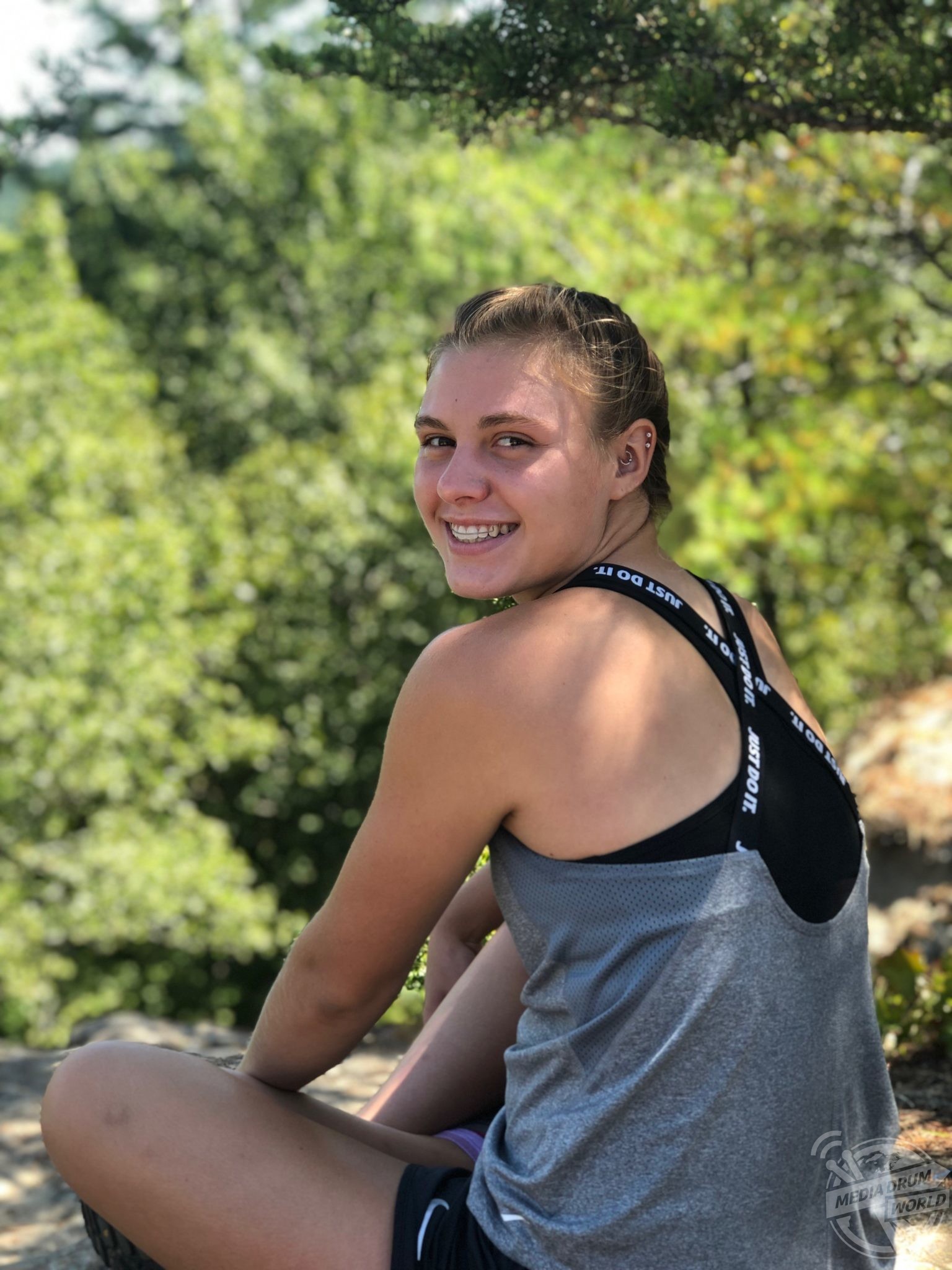
Remembering that in February 2016, Jordan contracted strep throat and was sick for a week, her doctor told them that this could have triggered her narcolepsy.
In June 2017, Jordan and her family were all laughing about something when suddenly she collapsed on the ground and lay there for 20 to 30 seconds before bursting into tears. She has had other similar occurrences when she would laugh, and her muscles would go weak causing her to nearly collapse. She was then diagnosed with cataplexy, a medical condition in which strong emotion or laughter causes a person to suffer sudden physical collapse though remaining conscious.
They now want to raise awareness of both conditions which are connected as it is very rare to have cataplexy without narcolepsy, but you can have narcolepsy without cataplexy. Jordan hasn’t let her condition stopped her from going after her dreams and is very active in sports such as basketball, cross country and horse riding.
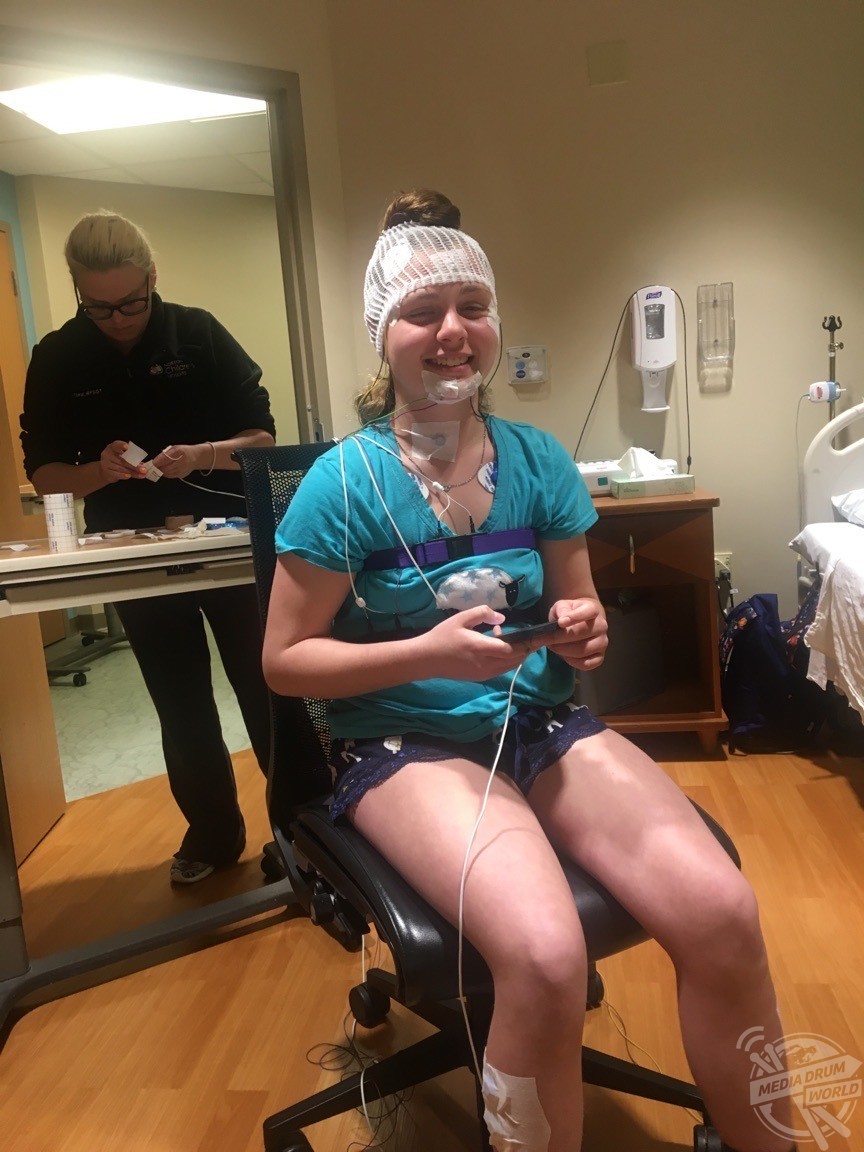
“In the summer of 2016 we started noticing that Jordan was sleeping a lot and falling asleep all the time. We attributed it to just growing up, but it continued to get worse,” Victoria said.
“She was falling asleep in class, at the table when I was talking to her and when she was doing her homework.
“Any time that she was still, or it was quiet she would fall asleep. Her face would get droopy, she would slur her words and her jaw would go slack and she was having hallucination and nightmares.

“It affected her life very much; she didn’t want to do anything with her friends because she was tired all the time, she didn’t want to play any kind of sports, she was missing out on life because she was sleeping all the time.
“She would cry sometimes because she wanted to do things, but she just did not have the energy to do it. She was sleeping her whole life away.
“The spells would vary; she would sleep from the time she got home from school until it was her bedtime and then go back to sleep if I would let her.
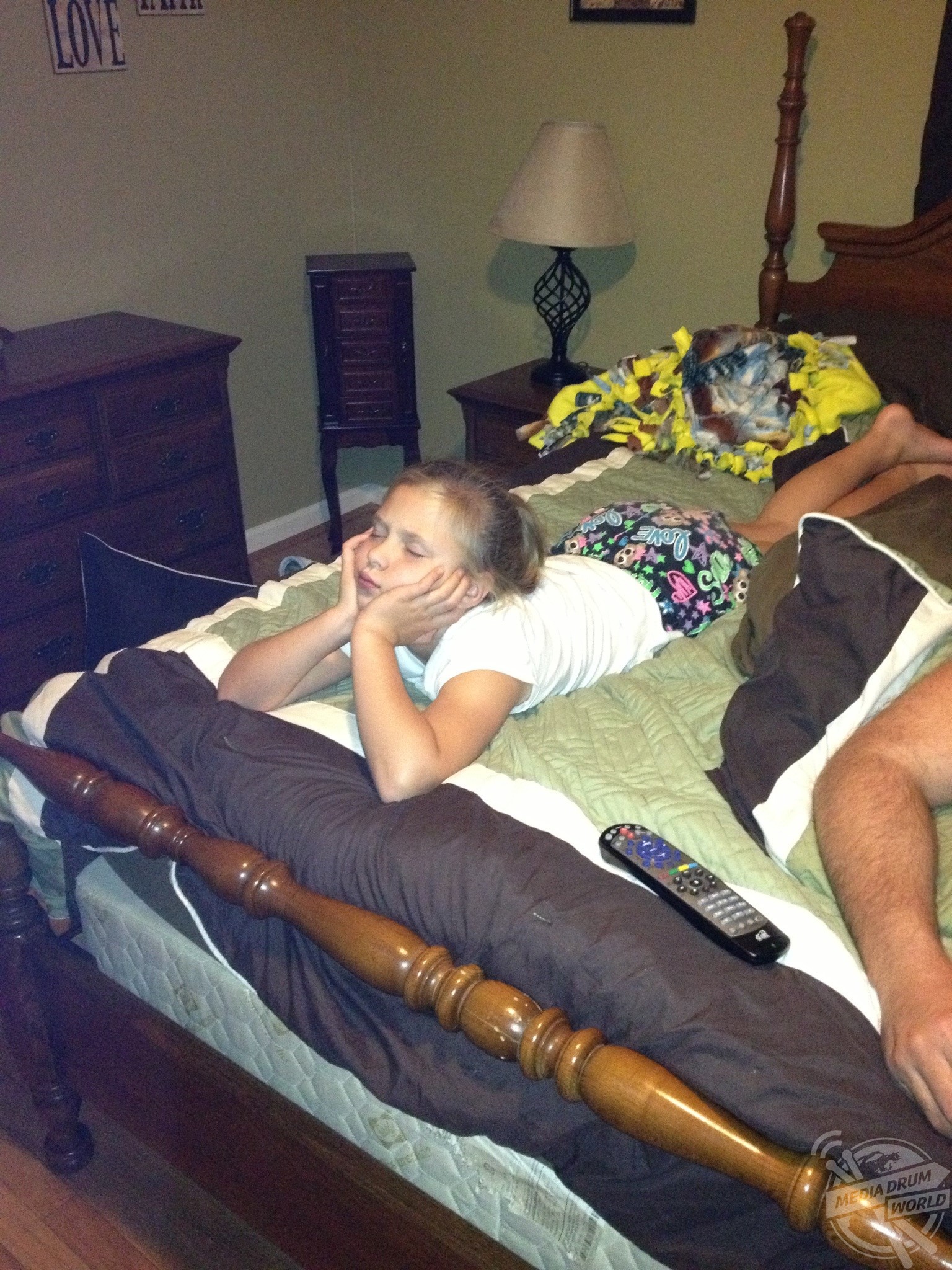
“I would have to wake her up to eat or do her homework and then she would fall asleep while doing her homework or eating. If we were in the car for even five minutes she would go to sleep.
“We had been going to different doctors for months, they had run all kinds of tests on her and nobody could figure out what was wrong with her.
“They kept telling us she would outgrow it and it was just because she was growing. I finally decided to take her to a sleep doctor but because of her age, nobody would see her, so I had to find a paediatric sleep specialist.
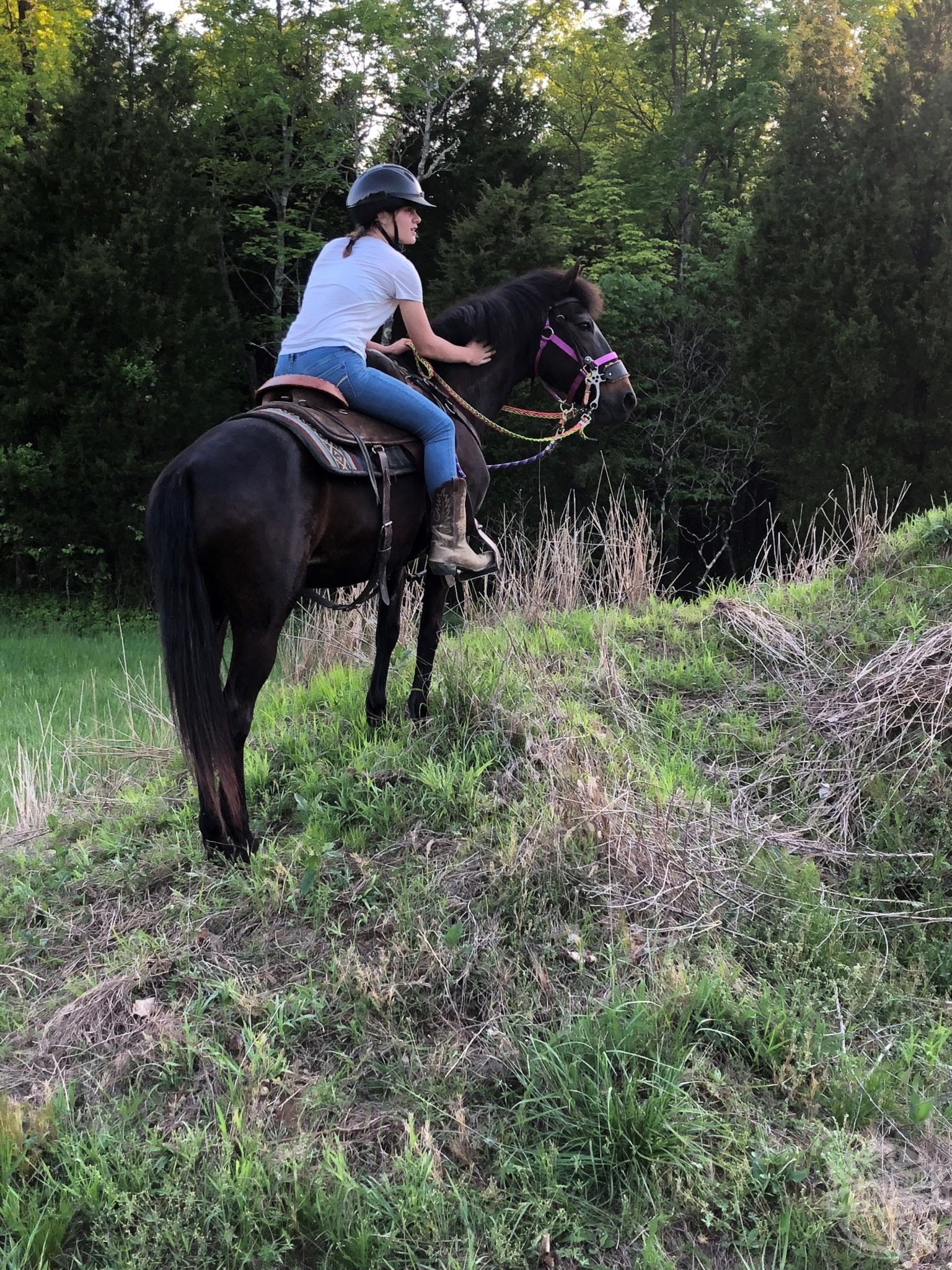
“There was only one where we live, and he was still fifty minutes away, so it took us two months to see him. It took almost ten months from the time the symptoms started before we actually got the diagnosis of what was wrong with her.
“The first appointment the doctor decided that he wanted her to wear a sleep monitor for thirty days, which is like a watch that monitors her sleep and awake patterns.
“I also had to keep track of the time she went bed and the time she got up, as well as every time she fell asleep. After that he scheduled her for a sleep study.
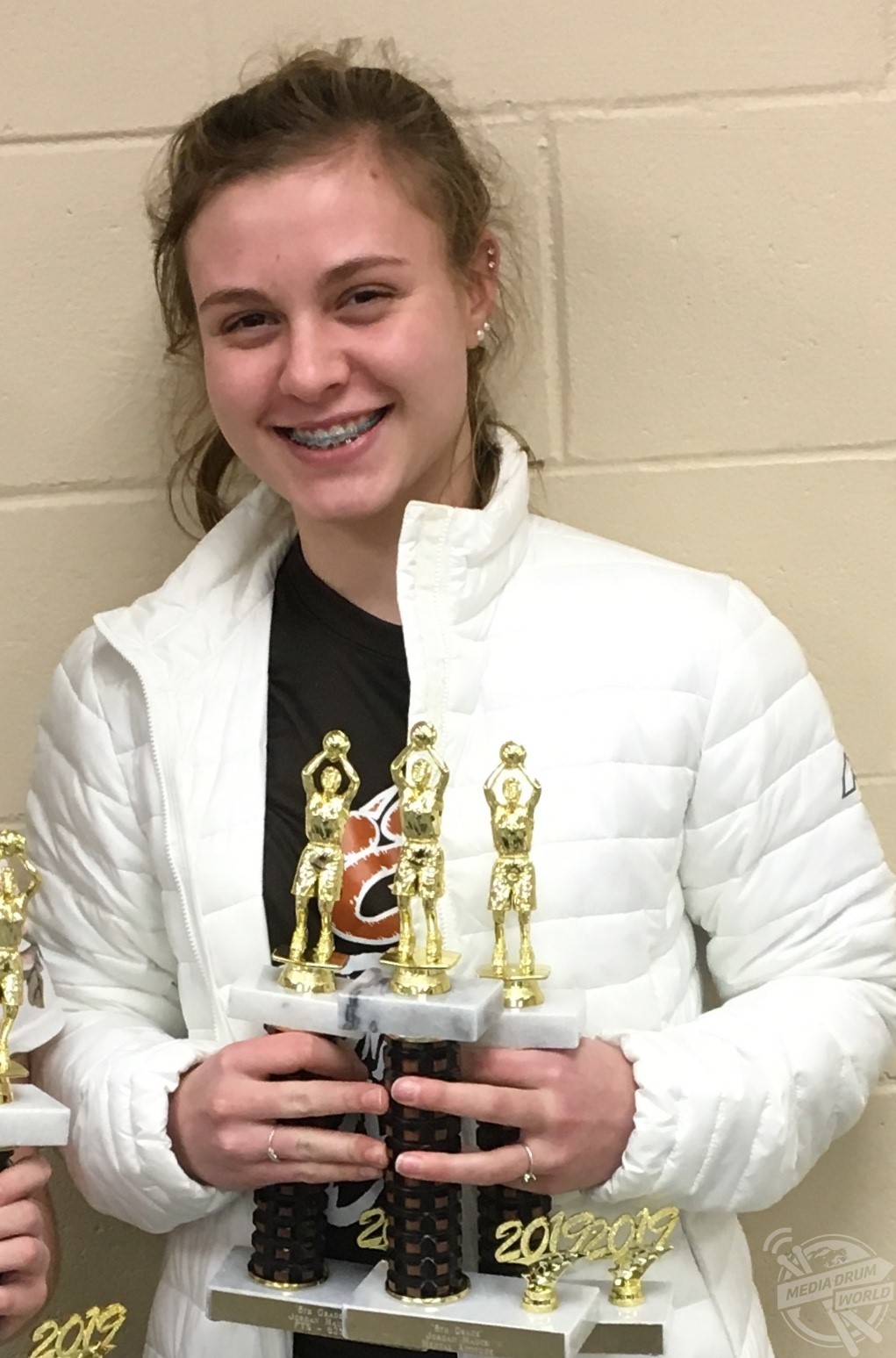
“After her night sleep test and day sleep test we had to wait on the results. We were called and told the doctor wanted to see us as soon as possible.
“He told us she definitely had narcolepsy with cataplexy and there is no cure for it and that she would have it for the rest of her life.”
Victoria admits that Jordan’s narcolepsy has negatively affected her time at school as she was constantly falling asleep during her classes, but that despite her teachers being concerned, they were very co-operative while they were looking for answers.
She also described how she felt when they received her diagnosis.
“Before she was diagnosed, she was falling asleep in her classes every day. Her teachers would tell me that she was falling asleep in class,” she said.
“They were wonderful while we tried to figure out what was wrong. Now that she is on medication, she still falls asleep sometimes but not like she used to.

“If they are watching a movie or reading quietly, she may fall asleep. If she is taking a test, she sometimes falls asleep but now her teachers and friends know if they see her nodding off to just touch her shoulder lightly and she will wake up.
“They know not to yell at her or startle her. Some teachers will let her sleep until she wakes up if she isn’t missing anything.
“Jordan is an excellent student; she makes straight As and is number four in her class. Every year at the beginning of school, I personally talk to each one of her teachers and let them know about her diagnosis and what to do if she nods off.
“They all have been wonderful with her and have never made her feel embarrassed or held it against her.
“When we received her diagnosis, we were both scared and relieved; we were relieved that we finally had a diagnosis for what was wrong but also scared because we didn’t know what this would mean for her in the future.
“My emotions overcame me, and I started crying. The doctor told us that it is manageable and that she could still lead a normal life.
“It is managed with medication. She is on one medication called Methylphenidate for the narcolepsy and another medication called Venlafaxine for the cataplexy. It is a process of trial and error to get the correct dosage that works the best.
“She was started on the lowest dosage and when that didn’t help, he increased it to the next level, that didn’t work so he increased it again.
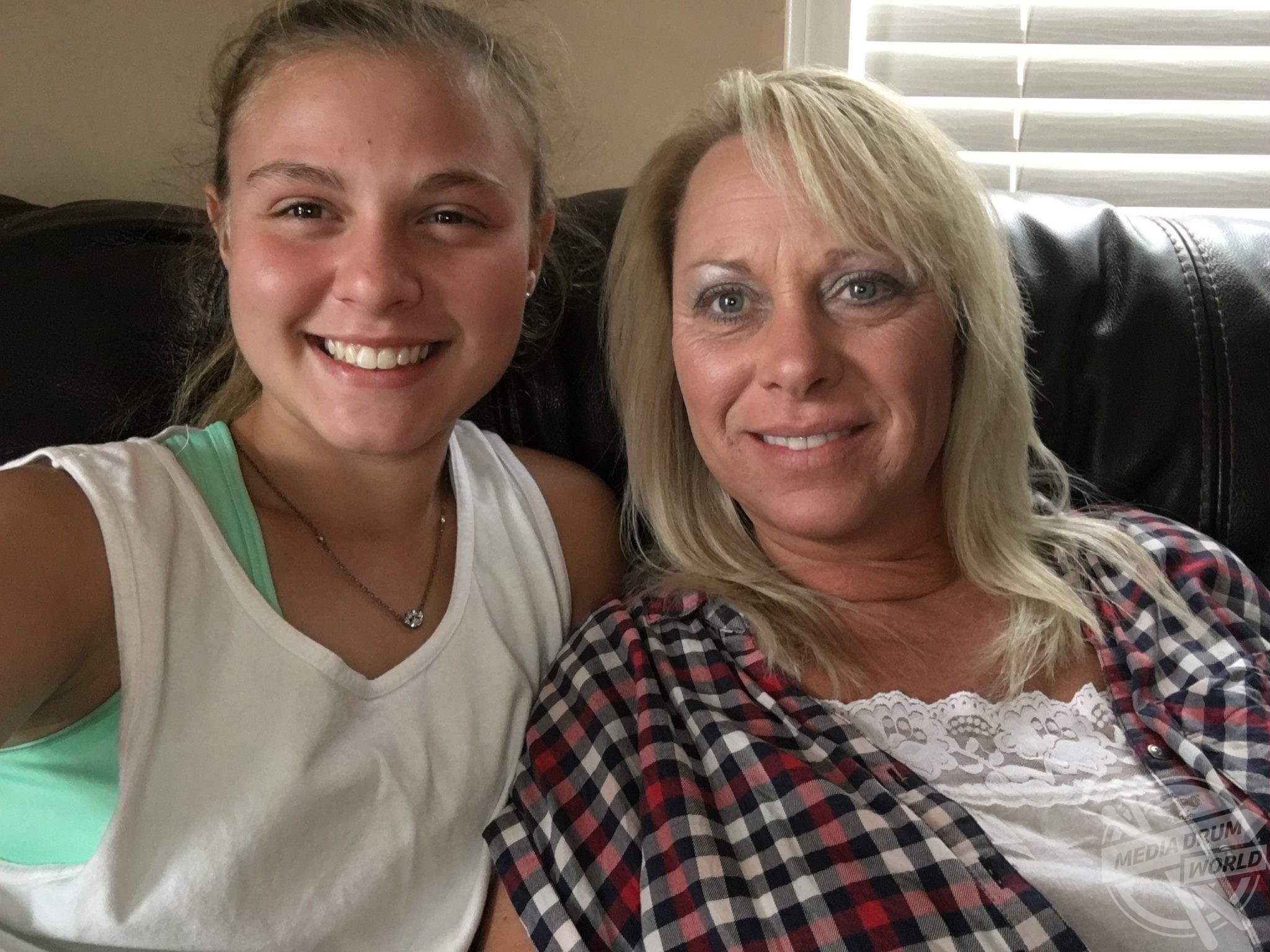
“We are now at the correct dosage for both the narcolepsy and cataplexy. She also needs to nap when she can even if it is for five or ten minutes.
“I am so proud of her; she could have just given up and used it as an excuse to not do well in school or not play sports, but she didn’t, she works hard and does everything she wants to do.
“There are still things that are unknown. She is in driver’s ed now and can get her learner’s permit and will be able to get her driver’s license in less than a year. We are still figuring that out.
“We both know that we will have to make sure she knows what her limits are when it comes to driving but we will figure it out together.”
Jordan describes how her condition hasn’t let her affect her life.

“Adjusting to the disease has been hard; at first I was very upset and just couldn’t figure out why it had to be me,” she said.
“I have dreams and want to do so much, and to learn that you have a disease that will ultimately affect the rest of your life and what you do was extremely hard.
“Over time, though, I’ve come to accept it and embrace it. I’ve definitely still got some work to do, but it’ll come. I’m a positive person, therefore instead of looking at the negative of the disease I started looking at the positives.
“There are still so many things I can’t even explain or understand, but with time I’ll get it. One of the most important things to me is not letting the disease control my life and what I do.
“I play sports, I ride horses, I’m a straight-A student, I hang out with friends, and I live how I want to. I’m not ashamed of my disease and I never will be. It’s a part of me and it’s who I am.”







